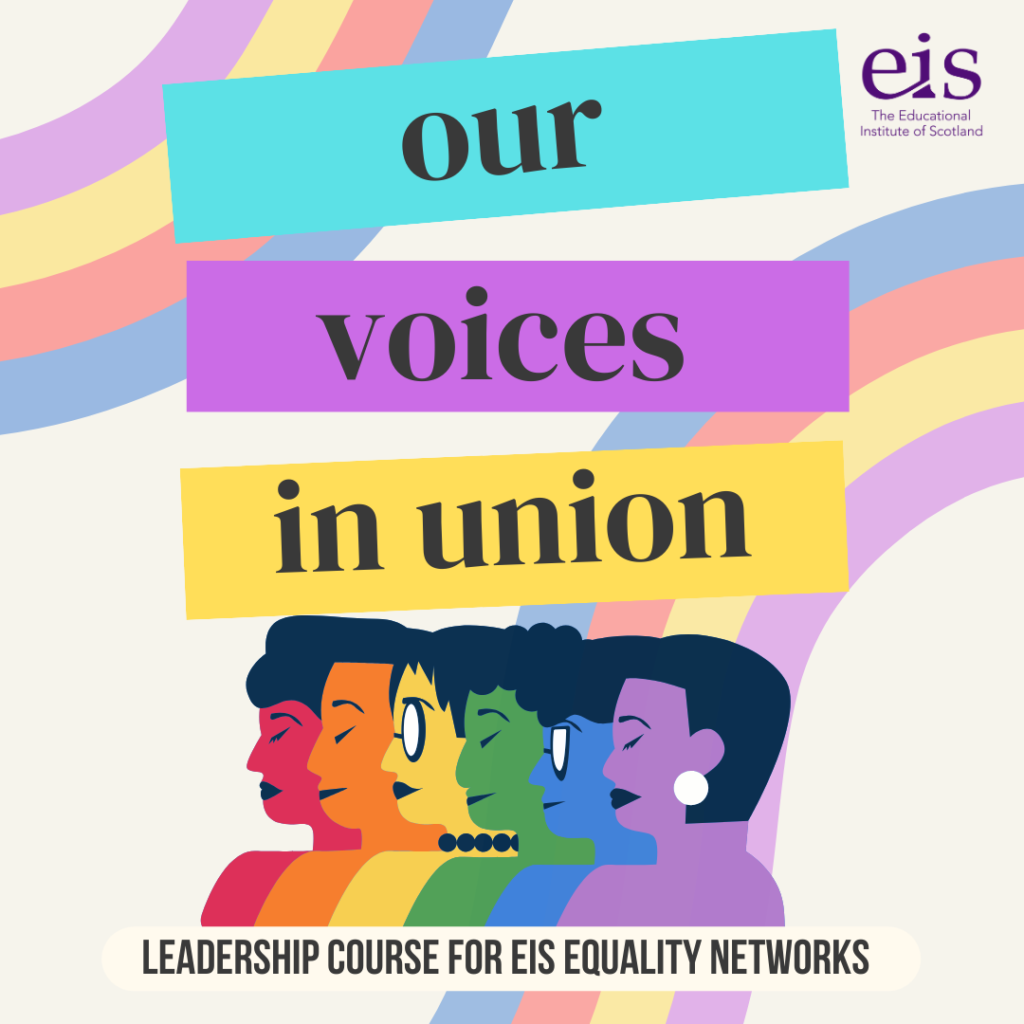
About this topic
The Educational Institute of Scotland (EIS) has a strong commitment to anti-racism, and a longstanding track record of tackling discrimination and harassment within the workplace and within education.
Over the last years, we have grown our anti-racist work and started a national EIS BAME network, as well as taken up chairing of the Diversity in the Teaching Profession and Education Workforce, a Scottish Government subgroup to the Anti-racism in Education Programme.
As part of this topic, you will consider how racism may manifest for people of colour, and how we can have braver conversations about racism.
The expert videos are provided by Equality, Diversity and Inclusion trainer Ellie Muniandy.
Learning points:
Reflective question:
Reflect on what you know about trauma and how it can manifest in behaviours of children and young people in educational establishments. How can our approach to these behaviours, be shaped by an understanding of racial trauma?
The emotional and health related consequences of inequality can be far-reaching and should not be underestimated. With some forms of trauma, such as a car accident or a bereavement, a person can address the emotions arising from this event that occurred in the past. However, racism is ongoing, and the cumulative effect of everyday reminders of racism, places an enormous mental burden on the shoulders of people of colour.
Confronting this burden is not necessarily a relief, either, and can be an isolating experience. Everyday racism is so frequent and insidious, that it can be perceived as near normal, and Black, Asian and Minority Ethnic (BAME) people have long had to minimise their own experiences and emotions in order to get on with their lives, while living in a racist society.
Furthermore, internalised racism sometimes causes people of colour not wanting to acknowledge the impact of racism. This would either be too traumatic, or make them feel singled out. Care should be taken to acknowledge the impact of racism, and its structural consequences, while also being sensitive to the hidden wounds of racial trauma and not make assumptions about how these may manifest for individuals.
Some people of colour will feel that they have never experienced racism, and that they don’t see it as an issue. It is important to note that regardless of individual experiences or understanding, people of colour as a social group still face discrimination in Scotland and the fight for anti-racist education and workplaces is essential.
The teaching workforce in Scotland remains acutely lacking in diversity. Only 1.8% of teachers in Scotland are BAME, and less than 1% of those in promoted posts are BAME. There are many reasons as to why this is, but one likely reason is that young pupils of colour may not want to return to educational establishments where they themselves have experienced racial trauma.
How can we expect to attract more people of colour to education professions – if the working environments are unsafe?
In 2021-22 the EIS conducted research into Councils’ recruitment practices pertaining to BAME staff.
The momentum around the Black Lives Matter Movement in 2020, has given rise a range of activities related to the anti-racism agenda. The EIS are continuing our work on diversity in the teaching profession by conducing further investigations progression and promotion opportunities.